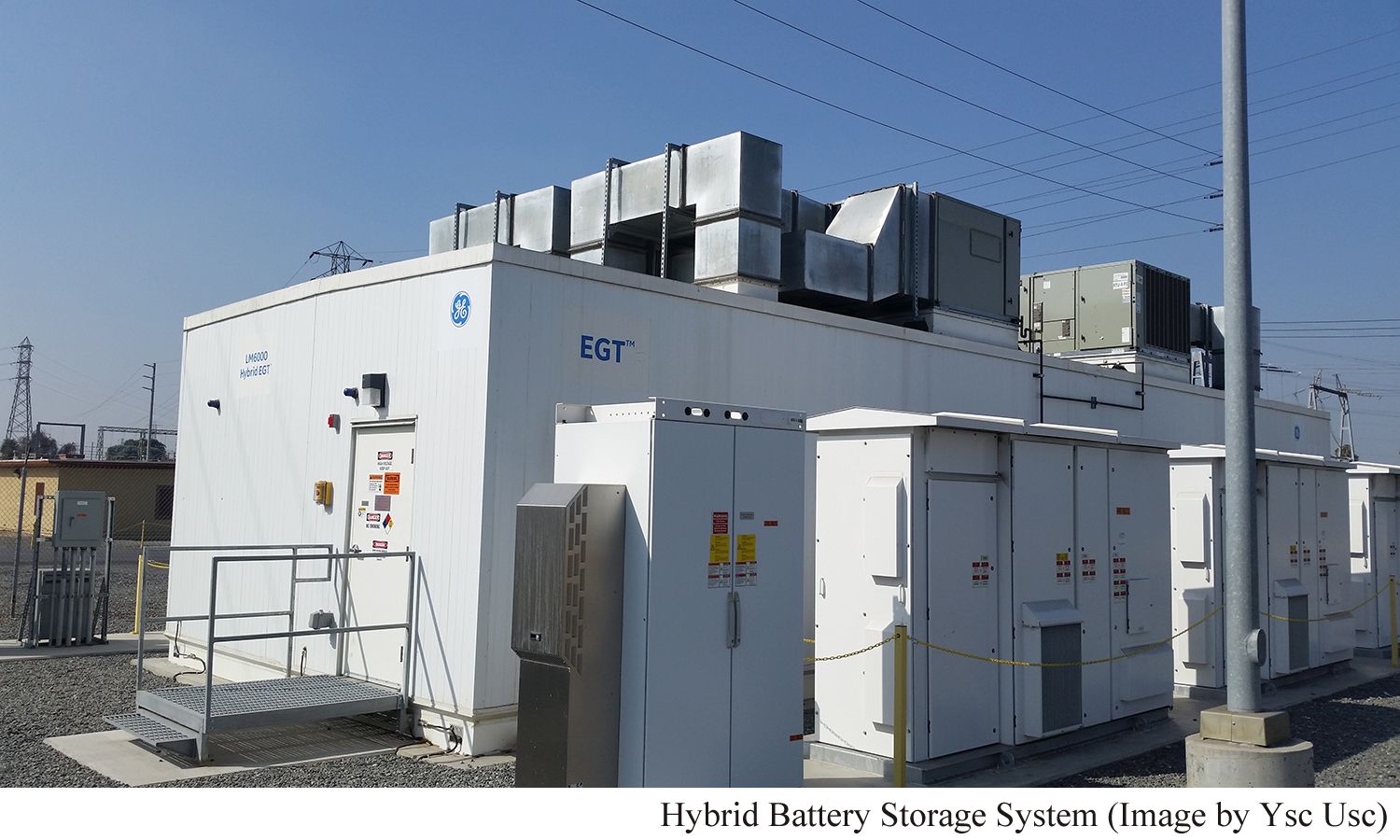Large-scale storage of electricity is the latest proposed solution to boost the deployment of renewables. Renewable energy advocates, businesses, and state governments plan to use batteries to store electricity to solve the problem of intermittent wind and solar output. But large-scale storage is only an insignificant part of the electrical power industry and doomed to remain so for decades to come.
Last month, Senator Susan Collins of Maine introduced a bi-partisan bill named “The Better Energy Storage Technology Act,” proposing to spend $300 million to promote the development of battery solutions for electrical power. Collins stated, “Next-generation energy storage devices will help enhance the efficiency and reliability of our electric grid, reduce energy costs, and promote the adoption of renewable resources.”
Arizona, California, Hawaii, Massachusetts, New Jersey, New York, and Oregon adopted statutes or goals to develop storage systems for grid power, with New York committing to most ambitious target in the nation. In January, as part of his mandate for “100 percent clean power by 2040,” New York Governor Andrew Cuomo announced a target to deploy 3,000 megawatts (MW) of storage by 2030.
Today, 29 states have renewable portfolio standards laws, requiring utilities to purchase increasing amounts of renewable energy. But the electricity output from wind and solar systems is intermittent. On average, wind output is between 25% and 35% of rated output. Solar output is even less, delivering an average of about 15% to 20% percent of rated output.
Mandating the addition of wind and solar to power systems is like forcing a one-car family to buy a second car that runs only 30% of the time. The family can’t replace the original car with the new intermittent car, but must then maintain two cars.
Renewable advocates now propose electricity storage to solve the intermittency problem and to help renewable energy replace traditional coal, natural gas, and nuclear generators. When wind and solar output is high, excess electricity would be stored in batteries and then delivered when renewable output is low, to try to replace traditional power plants that generate electricity around the clock.
Headlines laud the growth of battery installations for grid storage, growing 80% last year and up 400% from 2014. But the amount of US electricity stored by batteries today is less than miniscule.
Pumped storage, not batteries, provides about 97% of grid power storage in the United States today. Pumped storage uses electricity to pump water into an elevated reservoir to be used to drive a turbine when electricity is needed. But less than one in every 100,000 watts of US electricity comes from pumped storage.
In 2018, US power plants generated 4.2 million GW-hours of electrical power. Pumped storage capacity totaled about 23 GW-hrs. Battery storage provided only about 1 GW-hr of capacity. Less than one-millionth of our electricity is stored in grid-scale batteries.
Electricity storage is expensive. Pumped storage is the least costly form of grid storage at about $2,000 per kilowatt, but requires areas where an elevated reservoir can be used. Battery storage costs about $2,500 per kilowatt for discharge duration of two hours or more. Batteries are more expensive than onshore wind energy, which has an installed market price of under $1,000 per kilowatt. But a key factor in the effectiveness of storage is the length of time that the system can deliver stored electricity.
In the case of New York State, plans call for the installation of 9,000 MW of offshore wind capacity by 2035 and 3,000 MW of battery storage by 2030. The wind system will likely cost in excess of $9 billion, and the battery system will likely cost about $7.5 billion. But this planned battery deployment is wholly inadequate to remove the wind intermittency.
If the wind system has an average output of 33% of its rated output, then the planned 3,000 MW of battery storage would only be able to deliver the average wind output for about two hours. To replace output for a full day when the wind isn’t blowing, 36,000 MW of storage would be needed at a cost of $90 billion, or about ten times as much as the wind system itself. Since several days without wind in most locations is common, even a day of battery backup is inadequate.
In addition, the 10-15 year lifetime of grid-scale batteries is no bargain. Wind and solar systems are rated for 20-25 years of service life. Traditional coal, natural gas, and nuclear systems last for 35 years or more.
Storage of electricity should be regarded as foolish by anyone in the manufacturing industry. For decades, major companies pursued just-in-time manufacturing, “lot size one,” Kanban, lean manufacturing, and other programs designed to eliminate finished goods inventory to reduce costs. Electricity is delivered immediately upon generation, the ultimate zero-finished-goods-inventory product. But many organizations now clamor for electricity storage to try to fix the intermittency weakness of renewables.
Today, battery grid storage capacity is less than one millionth of national electricity output. Practical battery storage adds a cost factor of at least ten to the cost of the partner renewable system. It will be decades before battery storage plays a significant role in large-scale power systems, if ever.
This article originally appeared at Energy Central.

